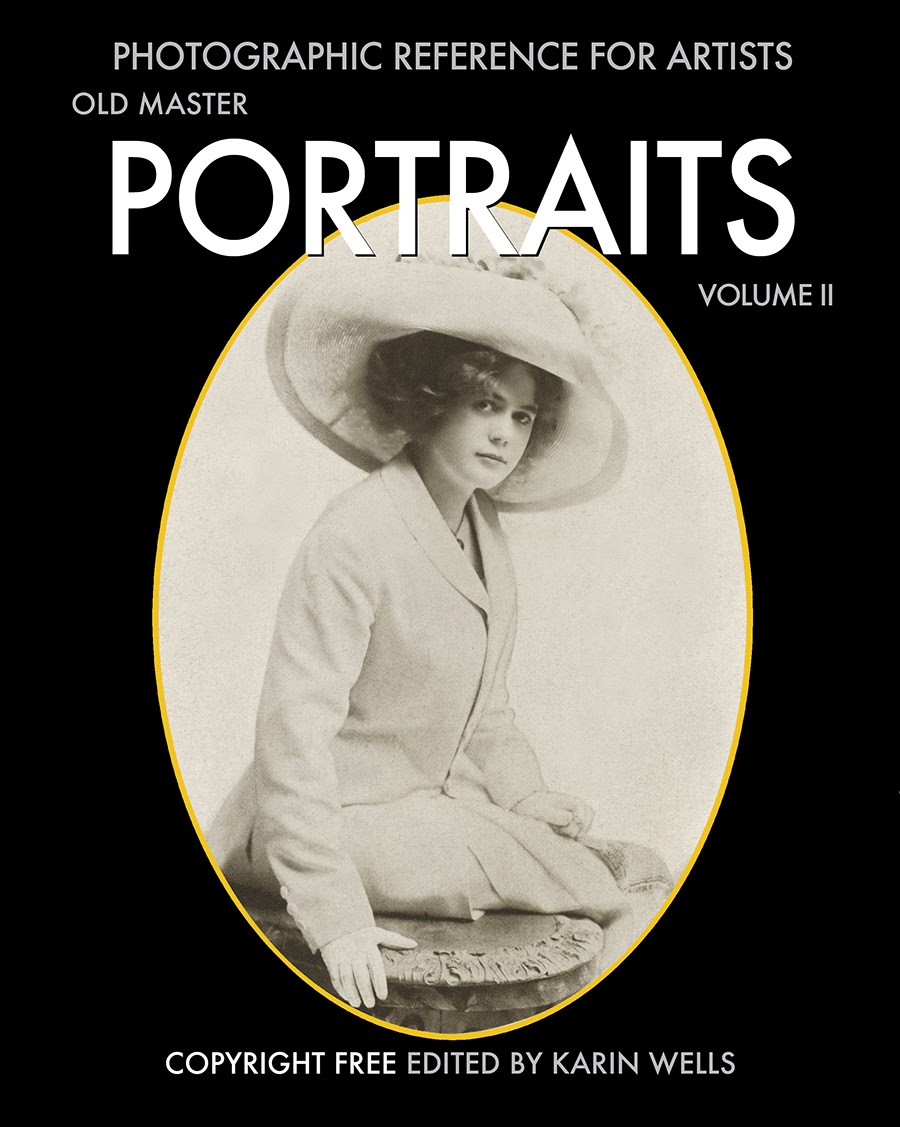For starters, think of a brown paper bag...
Imprimatura is a term used in painting. It is an initial stain of color painted on a ground (like my gessoed canvas shown below).
It provides a painter with a transparent toned ground. I prefer to use the approximate color and value of a brown paper bag.

The term is Italian and literally means ¨first paint layer" and it helps the classical painter begin with a middle tone and then establish value relations from dark to light.
I cannot think of anything more impossible to paint on than a stark white canvas!

An imprimatura is usually made with an earth color - for a portrait I like to use Raw Umber mixed with Winsor-Newton's Liquin Medium.
Some people use turpentine + color but I prefer to seal the canvas with Liquin.
Note the cheap "hardware store" white britstle brush above...I "use 'em and then I lose 'em.".

The first layers of a painting establish value and composition, color comes much much later.
Here are some examples from the works of Rubens:
In his oil sketches, you can see the imprimatura underneath it all.
It is easy to see - especially in these works.
I once saw a show of his oil sketches at the Museum of Fine Arts in Boston and that is when I first understood the importance of the imprimatura.
The imprimatura is the "mother color" that makes it all hang together. The painting above appears to have a darker imprimature - and thus is a darker painting.
This painting bleow - I have not see the original - but it is a mini-lesson in how to (sometimes) underpaint paint dark areas and shadows.
All of the darks and shadow areas appear to have been painted in red - a clever way to make those areas luminous, warm and lively when overpainted.
Note that in a landscape, I'll often use an "earthy red" (or sometimes cadmium orange) as my imprimatura and allow that color to peek through the final layers of the painting.

Even in the Old Master's drawing, a toned paper is used....and it is just the color of a brown paper bag!
Many of my paintings at KarinWells.com begin with an imprimatura.






























